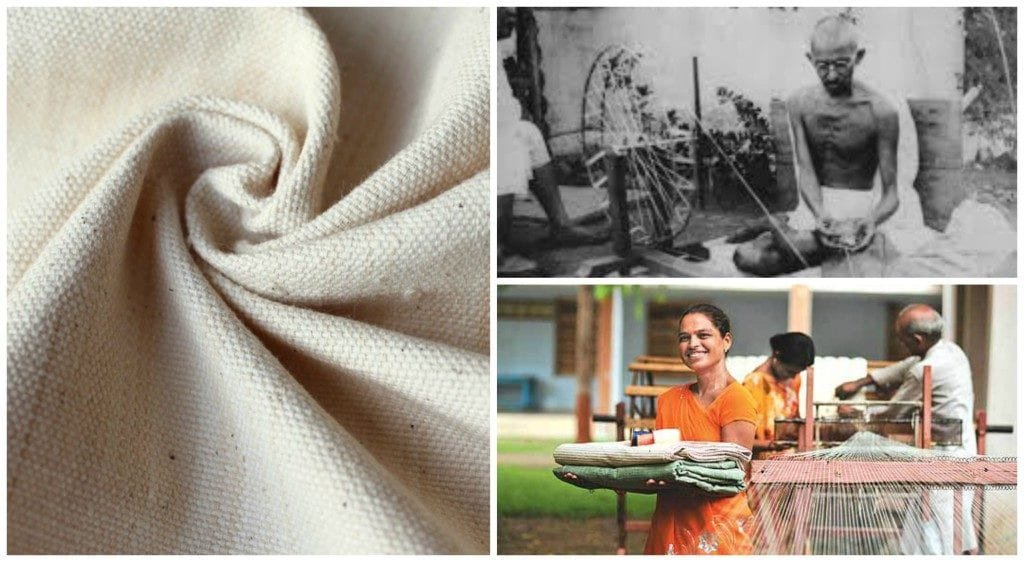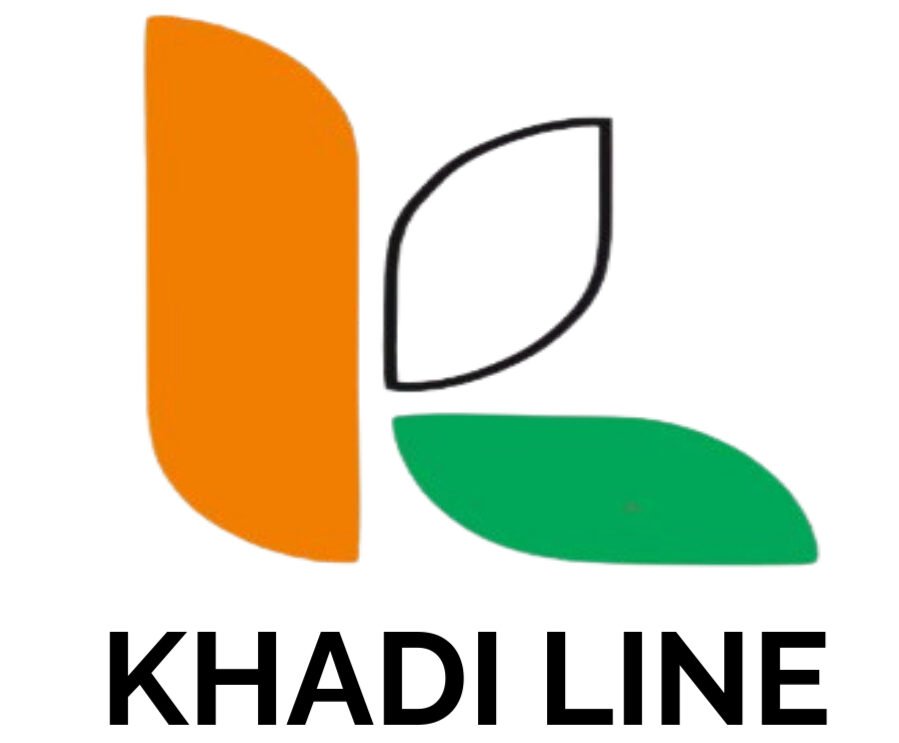The Rich History of Khadi Fabric: From Tradition to Modern Fashion
Khadi fabric is more than just a material—it is a symbol of India’s rich cultural heritage and the spirit of independence. Known for its texture, versatility, and eco-friendly properties, Khadi has played a significant role in India’s freedom struggle and continues to influence fashion and sustainable clothing globally. In this blog, we will explore the history of Khadi fabric, its cultural significance, and its journey from the loom to the global fashion stage.
What is Khadi Fabric?
Khadi is a handwoven fabric made from cotton, silk, or wool, woven manually on a handloom. It is renowned for its simple yet rustic look and its association with the Indian independence movement, spearheaded by Mahatma Gandhi. Unlike machine-made fabrics, Khadi is created using traditional methods, making it a symbol of India’s self-reliance and sustainability.
The Origins of Khadi: A Story of Independence
The origins of Khadi can be traced back to India’s pre-colonial period, where handspun and handwoven textiles were a central part of daily life. However, Khadi became widely recognized during the British colonial era as a tool for political and social change.
In 1918, Mahatma Gandhi, inspired by the local weaving tradition, revived the use of Khadi as part of the Swadeshi Movement. His call to boycott British-made goods and promote self-reliance in India led to the rise of Khadi as a symbol of national pride. Gandhi used the spinning wheel, or “charkha,” to produce yarn, promoting the idea that every Indian could contribute to the freedom struggle by spinning their own cloth. Khadi thus became not just a fabric, but a symbol of resistance, self-sufficiency, and empowerment.
The Symbolism of Khadi
Khadi became a symbol of India’s fight for freedom and an emblem of self-reliance. Gandhi encouraged every Indian to wear Khadi, rejecting foreign goods and promoting indigenous craftsmanship. The fabric became a rallying point for the nation, uniting people across different regions and social classes. During this period, Khadi was not just seen as a fabric; it was a way of life, a statement of national identity and a powerful tool for social change.
The Weaving Process: A Craft Passed Down Through Generations
The production of Khadi is a time-honored craft that requires immense skill and patience. The process begins with the spinning of cotton, wool, or silk fibers into yarn using a hand-operated spinning wheel called a “charkha.” The yarn is then woven into fabric on a traditional handloom. This intricate process is done by skilled artisans who have passed down their techniques over generations, making Khadi a true representation of India’s artisanal heritage.
One of the most unique aspects of Khadi is its texture. The fabric is typically uneven and irregular, which adds to its charm and authenticity. Each piece of Khadi fabric is unique, telling a story of craftsmanship, tradition, and culture.
The Post-Independence Revival of Khadi
After India gained independence in 1947, Khadi’s role in the nation’s identity continued to grow. While the industrialization of the textile industry threatened the survival of traditional handwoven fabrics, Khadi remained a symbol of India’s rich cultural heritage. In the 1950s, the Indian government established institutions like the Khadi and Village Industries Commission (KVIC) to promote the growth and development of Khadi production.
Khadi’s association with patriotism, its eco-friendly nature, and its handmade production process kept it relevant through the decades. It became more than just a fabric worn for political reasons—it became a lifestyle choice for those seeking sustainability and supporting local artisans.
Khadi in Modern Fashion
Today, Khadi is no longer confined to political symbolism or traditional wear. The fabric has seen a resurgence in the global fashion scene, thanks to its eco-friendly nature and unique aesthetic. Designers have incorporated Khadi into modern fashion collections, giving it a contemporary twist while retaining its traditional charm. Celebrities, designers, and even international fashion houses have embraced Khadi, making it a staple in ethical fashion.
Khadi is also gaining attention as a sustainable fabric in the modern age of fast fashion. With concerns about environmental impact and sustainability growing, Khadi offers an eco-friendly alternative to mass-produced, synthetic fabrics. The use of natural fibers, the minimal use of chemicals in production, and the emphasis on local craftsmanship make Khadi a perfect fabric for those seeking a sustainable wardrobe.
Why Khadi Matters Today: A Fabric for the Future
As we look toward a more sustainable future, Khadi’s relevance continues to grow. The fabric’s eco-friendly production process and its association with slow fashion make it a perfect fit for the modern era. With rising awareness about the environmental impact of mass production and synthetic textiles, Khadi stands as a beacon of ethical fashion.
Moreover, Khadi plays an essential role in empowering rural artisans and supporting local economies. By choosing Khadi, consumers can contribute to the preservation of traditional craftsmanship and provide livelihoods to artisans in rural areas.
Conclusion
Khadi is more than just a fabric; it is a symbol of resilience, self-reliance, and sustainability. From its association with India’s fight for independence to its modern-day status as a sustainable fashion statement, Khadi has stood the test of time. Whether worn as a reminder of history or as a modern fashion statement, Khadi continues to inspire and unite people across the globe.
If you’re looking to make a fashion statement while also supporting sustainability and traditional craftsmanship, consider embracing Khadi—an age-old fabric that is still very much relevant today.

